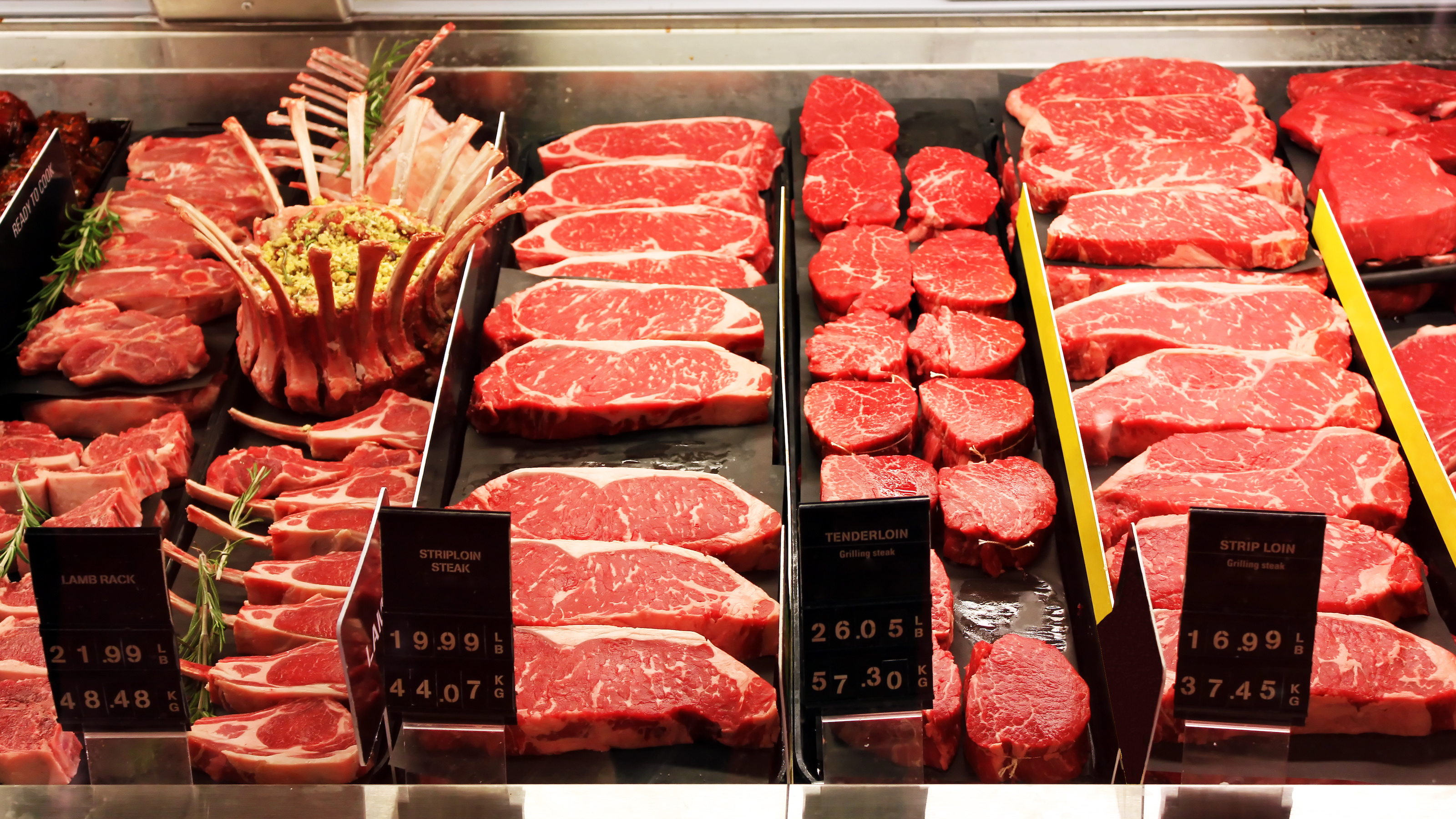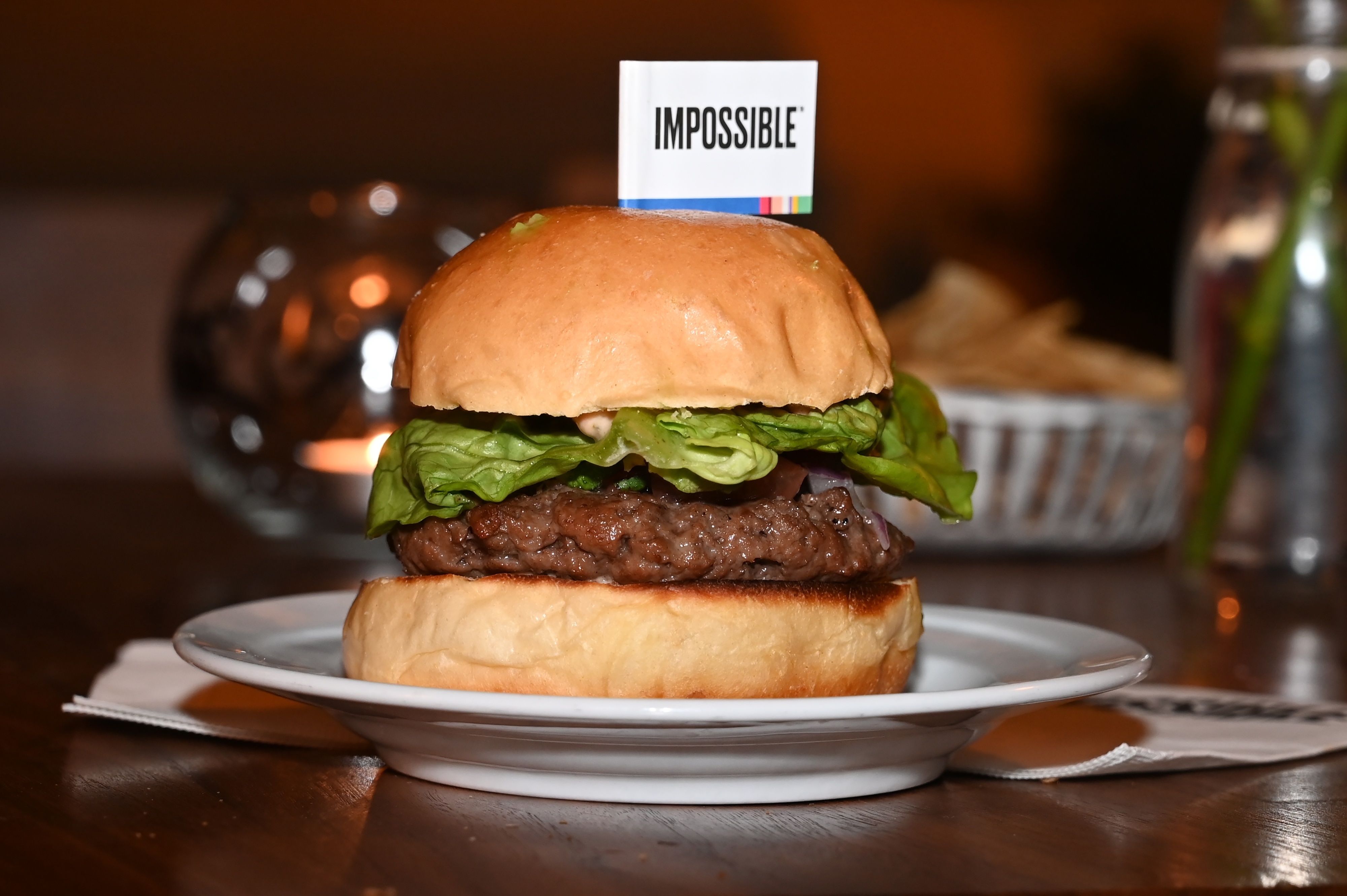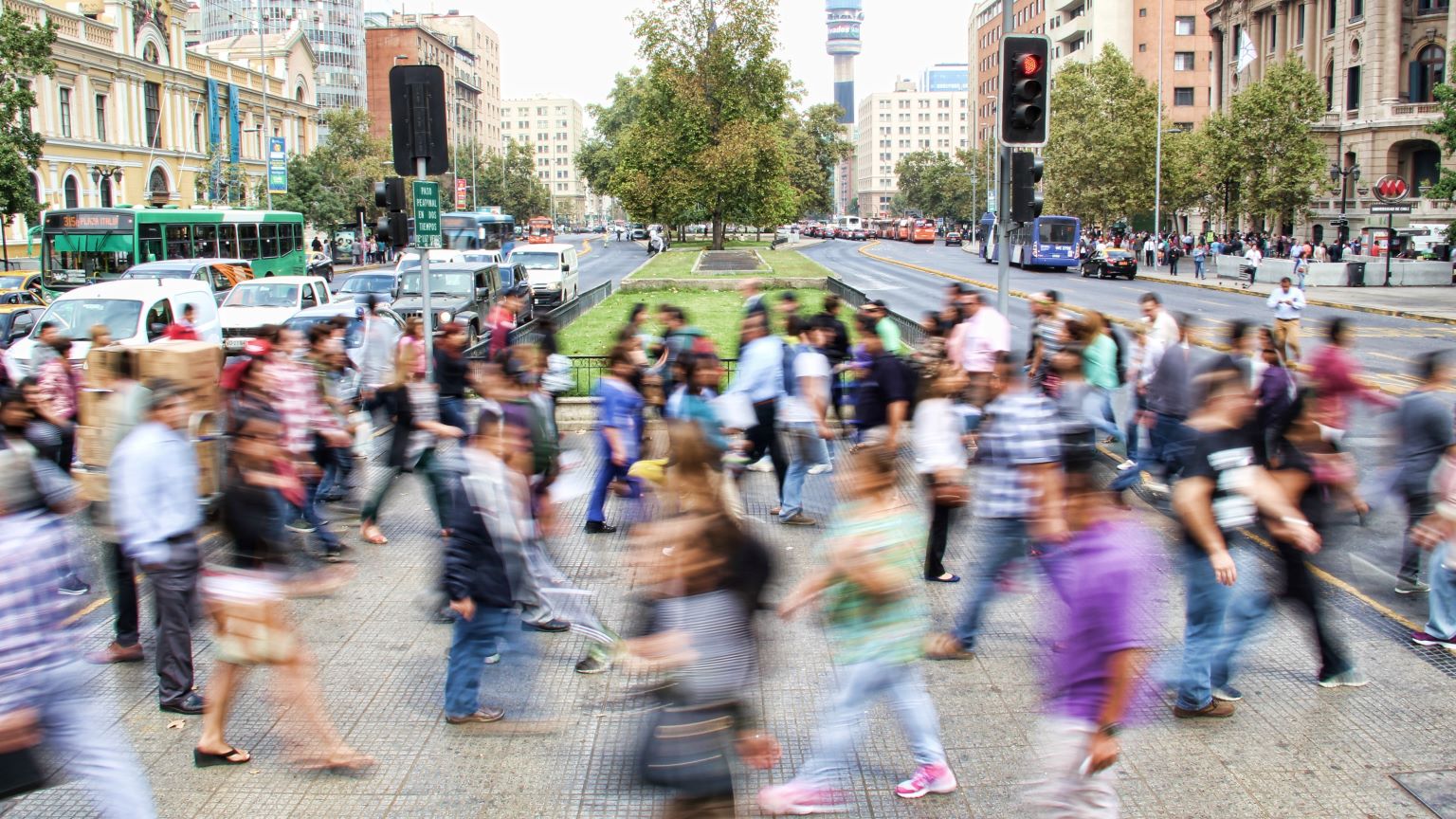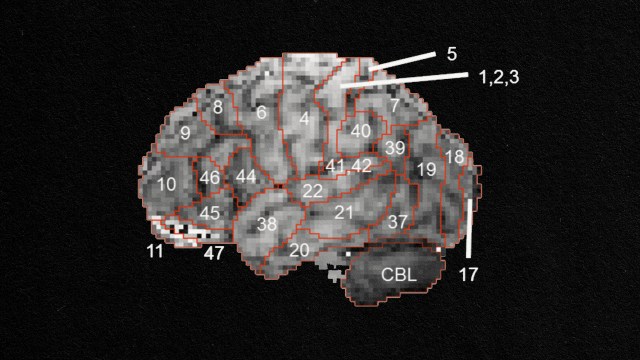Humans will never eliminate animal agriculture — nor should we
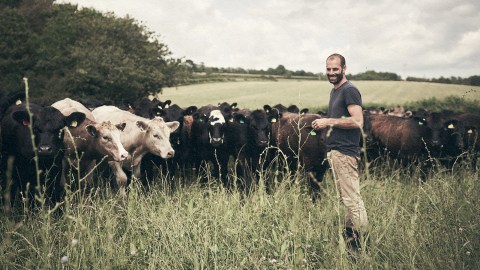
- Livestock account for between 11.1% and 19.6% of total greenhouse gas emissions, but also 40% of the global value of agricultural output. Lab-grown meat seeks to reduce those emissions and upend that system.
- But animal agriculture is a great way to turn inedible plant calories found on otherwise unproductive land into food for humans. It also produces half of the world’s fertilizer.
- When performed sustainably, animal agriculture serves as a necessary cog in the global food system. But make no mistake, to achieve this optimal path, worldwide consumption will have to fall.
In June, the U.S. Department of Agriculture approved two companies to sell lab-grown chicken meat products in the country. The move, a first, represented yet another step forward in technologists’ aim to replace meat production from animal agriculture, which critics claim is unethical and unsustainable, with production from methods based on bio-engineering.
But despite the well-intentioned aims of the nascent cultivated meat industry, which has so far attracted $2.8 billion in investments, animal agriculture is never going away, nor should it. Meat production from livestock is a pillar of the global food system and has a significant role to play in a more sustainable future.
Beyond meat
There’s no denying it: Animal agriculture is a concerning contributor to global greenhouse gas emissions, which fuel the worsening climate crisis. Livestock accounts for between 11.1% and 19.6% of total emissions. Moreover, the practice is perhaps the single greatest driver of deforestation and habitat destruction. A 2020 analysis predicted that it could threaten the homes of 17,000 species by 2050.
At the same time, however, “livestock contributes 40% of the global value of agricultural output and supports the livelihoods and food and nutrition security of almost 1.3 billion people,” according to the Food and Agriculture Organization of the United Nations.
Animal agriculture is also responsible for roughly half of the fertilizer that we use to grow crops in the form of nutrient-rich (albeit smelly) manure. We can and do make synthetic fertilizer, but the nitrogen, phosphorus, and potassium within it can be environmentally taxing to produce, requiring mining and fossil fuels.
We also get more from animal agriculture than just meat. Animal hides and fur provide clothing. Their chemicals and byproducts make up some of our medicines, as well as medical products like valves for human hearts. Collagen is used in skin products, glues, and even sandpaper. Stearic acid from cows is found in lubricants, detergents, rubber products, and candles, among many other places. If animal agriculture vanished, we’d need to find other sources for these materials, at potentially greater economic and environmental cost.
Animal agriculture is also a fantastic way to turn inedible calories into food for humans. In the developed world, animals are frequently fed food waste or distiller grains leftover from ethanol (alcohol) production, which might otherwise be discarded. Globally, on much of the land used worldwide for grazing, conditions are too dry and harsh to plant food crops for human consumption. Many herbivores, however, will happily consume the scratchy shrubs and spotty grasses that can grow, effectively converting these hardy plants into calories for us. Globally, more than 500 million people rely on livestock herding for their livelihoods, according to the World Bank. In some places, it’s the best source of work and food.
When performed sustainably, with livestock grazing on otherwise unproductive land sown with perennial grasses that require little to no upkeep, valuable manure maximally collected for use as fertilizer, and all deforestation ceased, animal agriculture serves as a necessary cog in the global food system. But make no mistake: To achieve this optimal path, worldwide consumption will have to fall. This is where cultivated meat can play a role — as a partial substitute, not a complete replacement.
